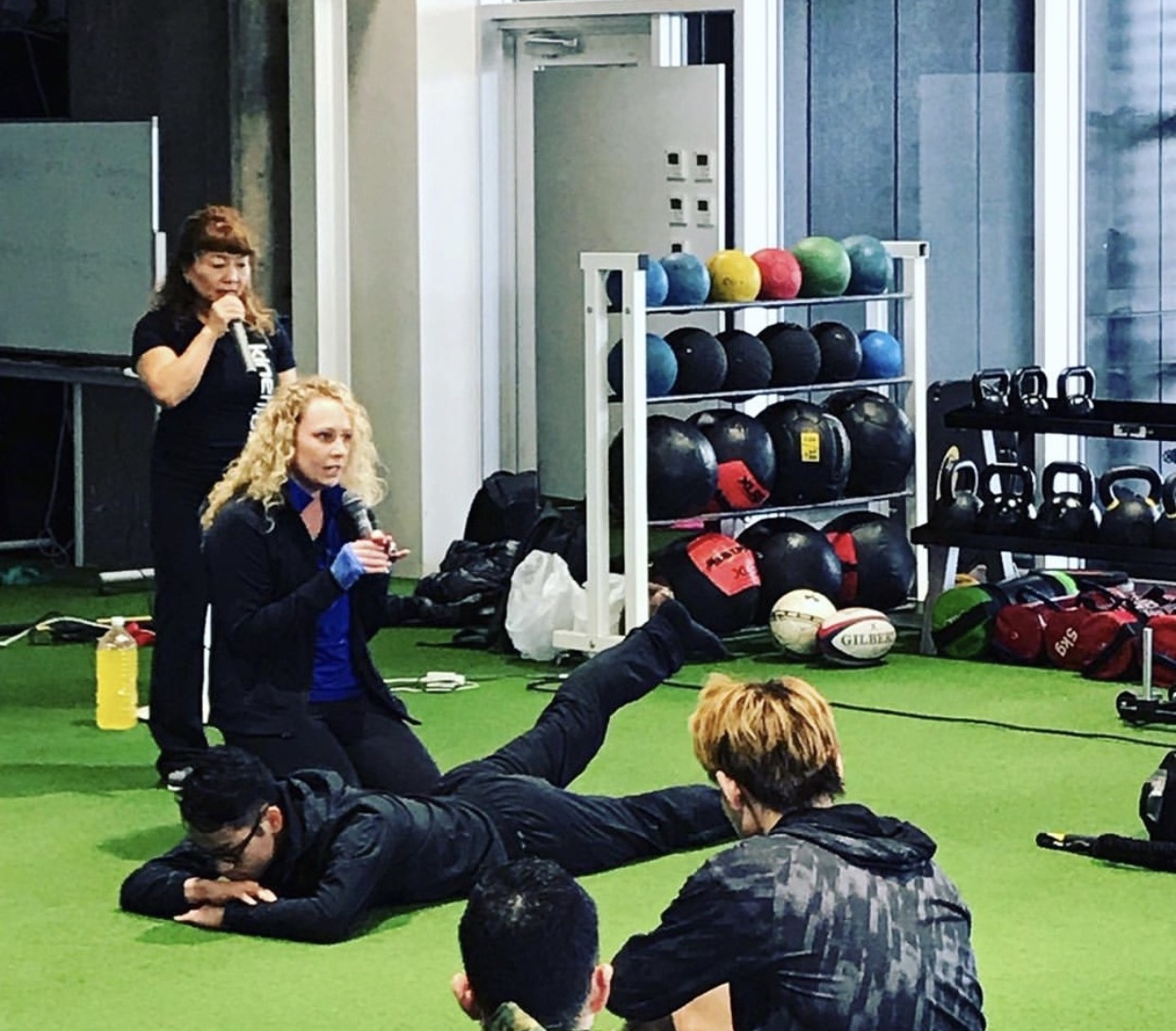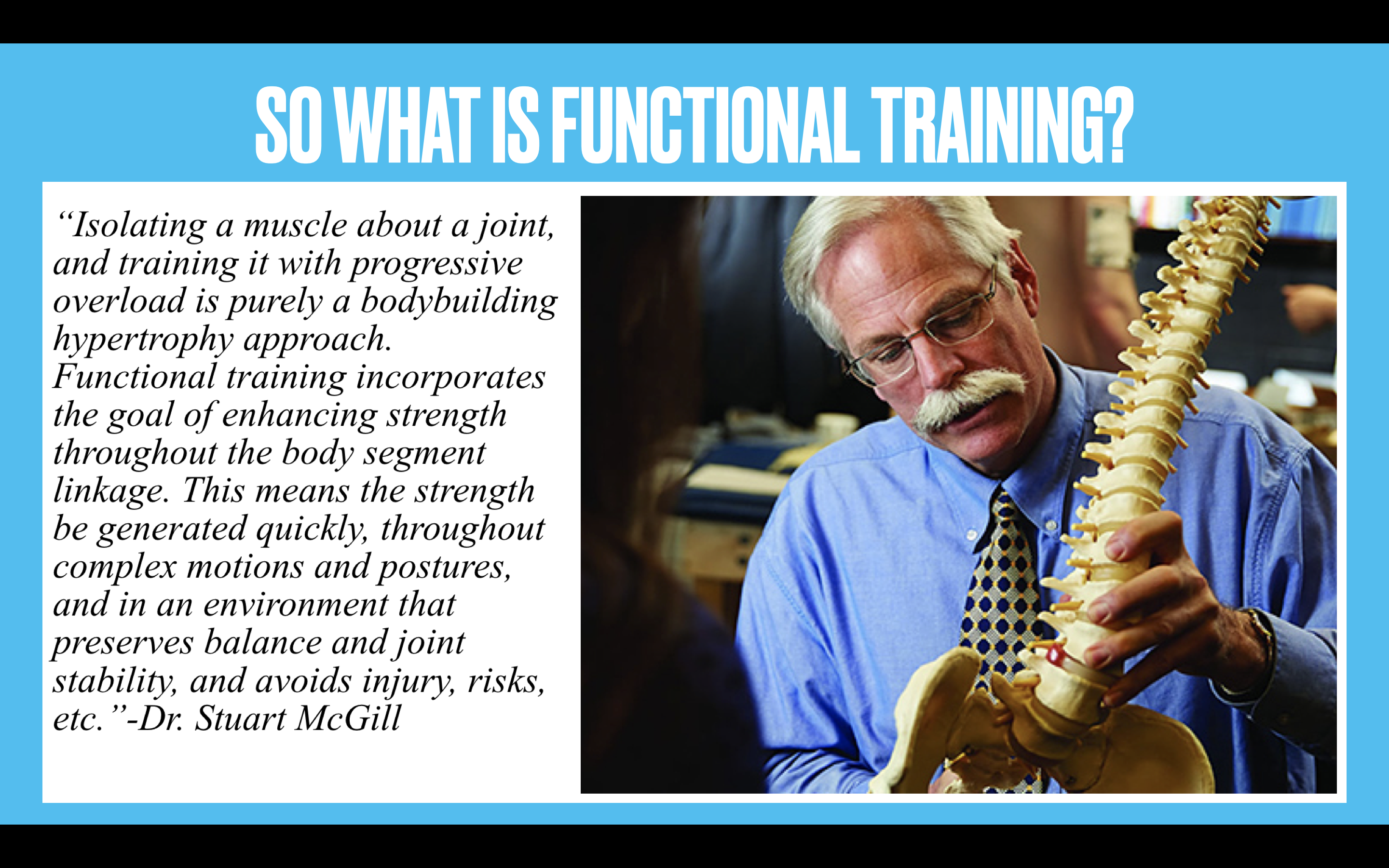The Myth That Deadlifts Help Low Back Pain
2022-09-21
Jessica Bento, Physical Therapist (Creator DVRT Rx Low Back Course, DVRT Restoration Certification, Knees Over Toes Course, DVRT Rx Shoulder, Knees, Pelvic Control, & Gait Course)

I can’t help when I see grand claims by fitness professionals and even physical therapists online about the “healing” power of an exercise, my ears really perk up. Being a cynic is not something I want to be, but understanding the complexity of pain and injury is really critical in helping people whose lives have been compromised by both. You can imagine then how I find claims like “science has shown deadlifts help low backs” makes me want to go much deeper.
Yes, that was a post pretty much made by a physical therapist recently. His claim was based on a 2015 study HERE
The idea was that deadlifts played a big role in decreasing low back pain. In a blog post he made about the study he mentioned, “They included a lot of exercises we would traditionally see in strength & conditioning programs (and much less frequently seen in physical therapy and chiropractic clinics) such as deadlifts, goblet squats, lunges, planks, and step ups.”
If you read the study, there was also soft-tissue work done on the glutes, specific activation exercises, and dynamic flexibility work. This quickly becomes more about other factors than does the deadlift help low backs. What can we actually learn about the deadlift and low backs from such a study? Well……
-The study used loads of 6-10 rep max. That is much LESS weight than most actually go for in introducing the deadlift. In fact, it wasn’t strength that researchers found had a positive correlation to helping low back pain, but motor control and strength endurance of the low back. So, the idea of “just getting strong” on the deadlift is a very incomplete and in many ways, an incorrect approach to helping one’s low back.

-Soft-tissue work, dynamic flexibility, and a strength training program that emphasizes all the movement patterns, unilateral strength, and core work can go a long way in helping low back pain.
-Following a program is essential in helping people. This was a very unusual 16 week program that the study followed. The instruction was also given by physical therapists that were well versed in these movements. So, it isn’t just the deadlift, but working on building progression, having proper instruction, and understanding that JUST lifting a weight isn’t the goal, but HOW we lift the weight!
You see that relying on a singular exercise isn’t really the key to helping any one health issue. In fact, people were disqualified from the study if they, “previous spinal surgery, tumours, nerve root entrapment accompanied by neurological deficit, spinal infection, inflammatory disease of the spine and other disorders preventing active rehabilitation.”
In other words, those with very acute and more intensive low back issues were not ready to perform such lifts. When we talk about low back pain, we should try to distinguish if it is new, old, is it causing other issues like nerve pain, etc. For the fitness professional or enthusiast, rather general, chronic low back pain can be helped by proper deadlift work, mobility, and good movement based training. It is a bit disingenuous then to say “deadlifts help low back pain”, but also exclude a LARGE amount of the population that has low back pain.
However, a BIG key people miss is the idea that so much of helping people with low back pain and strength is about creating “linkage” of the body. What the heck is linkage? It is the idea that spine experts like, Dr. Stuart McGill, have used to discuss that connecting the chains of the body are more important than focusing on specific or isolated muscles. The real point of a deadlift is to create the connection of the foot, pelvis, core, and lats. In the video above Josh’s cues are all about these concepts.

What Josh and Troy show below is how we add progression to the deadlift to integrate these chains to a higher level. After all, muscles like the glutes, lats, and core (that work as a chain) are designed to produce and resist movement at the same time. That is why they are shaped in a diagonal pattern rather than just up and down!
When talking about low back pain though we may have to go back to even more fundamental levels. That is where exercises like hip bridges come into play because when we lay on the ground we take out much of the complexity of an exercise. People with especially low back pain are often prone to guarding and even a good exercise like the deadlift can cause fear in someone with pain and bringing them to more stable and “safe” feeling environments is why we use the ground as a foundation. As DVRT Master, Cory Cripe, demonstrates, even in a hip bridge we are still looking for connection and linkage!
As you see, complex subjects like pain and recovery from injury aren’t always so simple. There are many considerations to take and one exercise by itself won’t solve everything. Understanding movement and the goal of a good program CAN be transformative that is what DVRT is all about! Once we get those foundations then building better deadlifts that actually are transformative to our strength and goals, like better looking glutes, can be achieved like strength coach Martin Adame shows below.
Don’t miss saving 25% all throughout DVRT and whenever you invest in ANY of our Ultimate Sandbags/Water Bags you will get our beginner and warm-up program for FREE!!! See what great training tools and programming can do to help you achieve your fitness goals. Just use code “save25” HERE
View this post on Instagram
© 2025 Ultimate Sandbag Training. Site by Jennifer Web Design.







